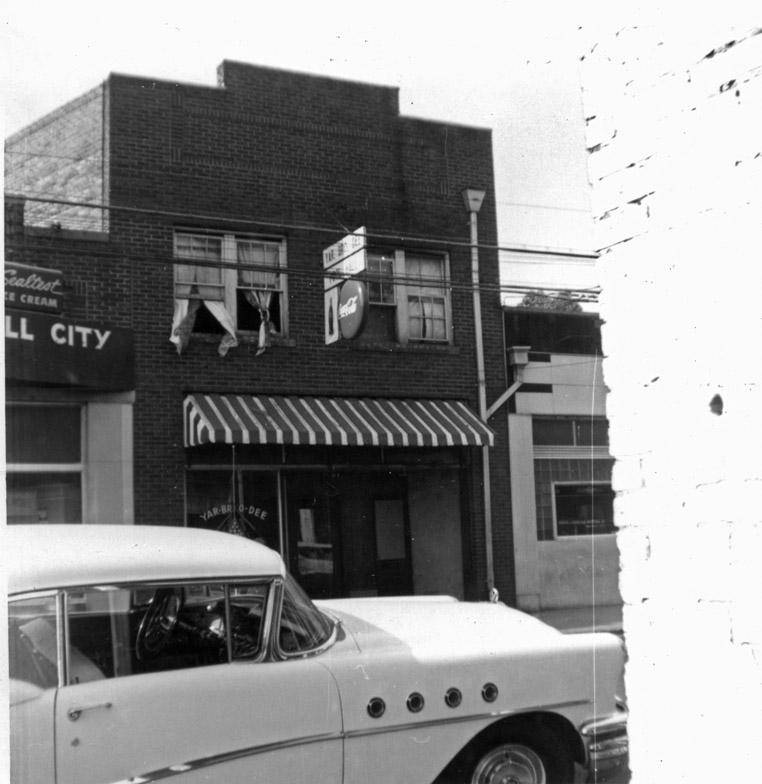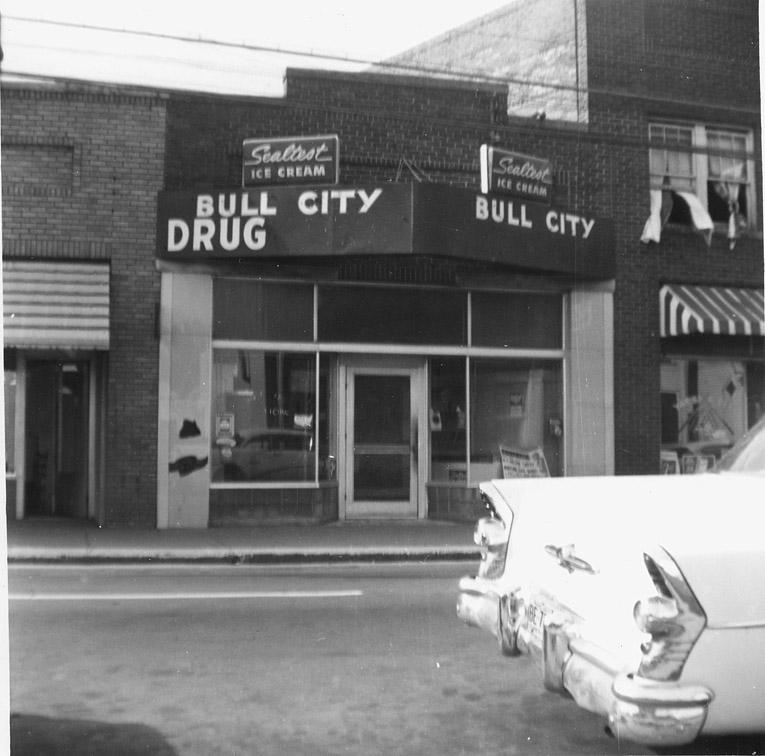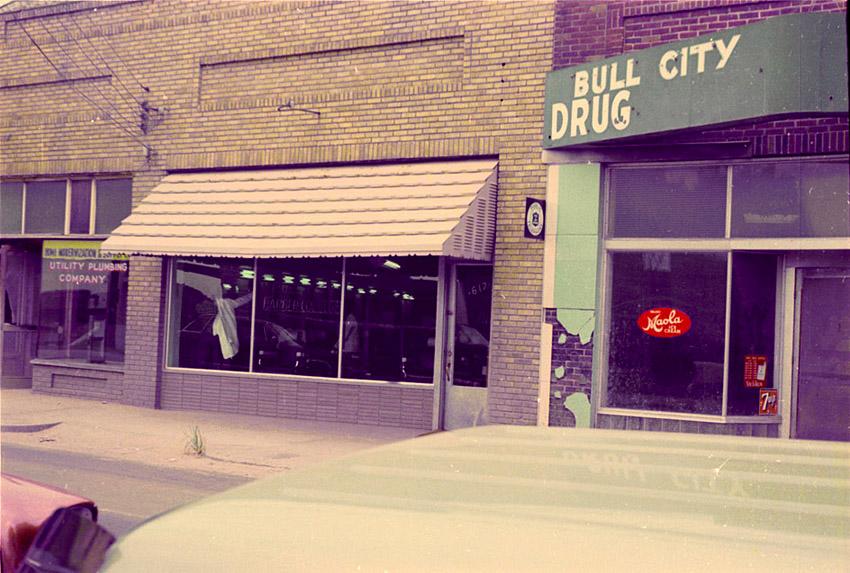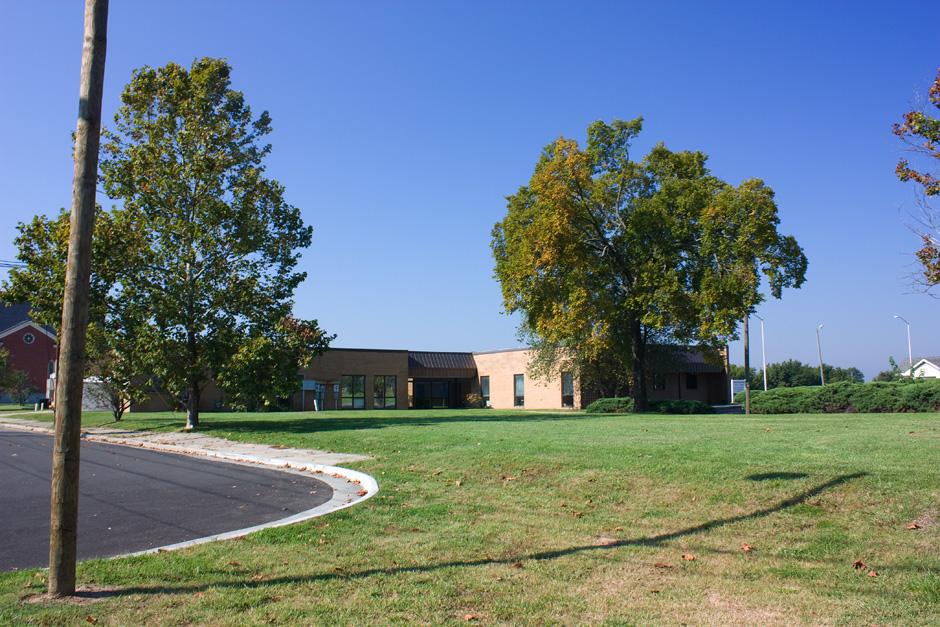Support OpenDurham.org
Preserve Durham's History with a Donation to Open Durham Today!
OpenDurham.org is dedicated to preserving and sharing the rich history of our community. Run by our parent nonprofit, Preservation Durham, the site requires routine maintenance and upgrades. We do not ask for support often (and you can check the box to "hide this message" in the future), but today, we're asking you to chip in with a donation toward annual maintenance of the site. Your support allows us to maintain this valuable resource, expand our archives, and keep the history of Durham accessible to everyone.
Every contribution, big or small, makes a difference and makes you a member of Preservation Durham. Help us keep Durham's history alive for future generations.





Comments
Submitted by Tar Heelz (not verified) on Wed, 10/15/2008 - 2:15pm
As always, this is great stuff. This blog is a fabulous resource to those of interested in the history of Durham.
One mild critique: I do not believe it is accurate to describe these old parcels along what is now "Old Fayetteville" as vacant.
This entire stretch is as built up as it can be given the yards requirements, sight triangles, and rights-of-way of the street and freeway. Yes, it is no longer an urban setting of structures joined by party walls, but thanks to recombination and zoning regulations, these lands all appear to in current use.
Submitted by Gary (not verified) on Wed, 10/15/2008 - 2:56pm
Thanks Tar Heelz. I think it's a debatable point - yes, the parcels are owned, and there are structures on the parcels. The one story medical office building in the center of the large parcel is not the most intensive use of the site - and that is my point; we've gone from a dense and fine-grained maximization of the site to a suburban style medical office complex that underuses the available land, particularly given the prominent location. I agree that the use of the word 'vacant' doesn't convey all of that; my point is simply that the building could still exist on this spot - nothing has displaced it physically, and thus there was no urban redevelopment reason for its destruction.
GK
Add new comment
Log in or register to post comments.